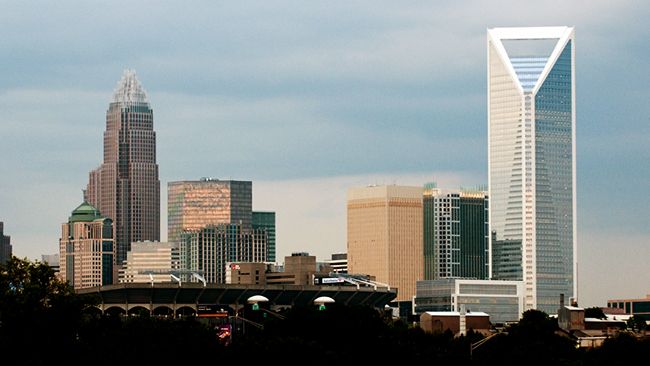What we want
People want clean energy. That is clear. However, that is only the fourth priority when it comes to energy demand. People want a cheap, available, and steady source of energy before they worry about its cleanliness. There is a way to have a “ready and steady” energy supply and enjoy it too. By enjoying it, we mean using energy to make our lives better. We also want an energy supply that our enemies cannot disrupt. Now, we are told that we need to conserve energy, work through rolling blackouts, and pay more for electricity because there is not enough of it. But we also want electric cars, superconducting magnetic levitation transportation, huge data centers so that we can text as many people as we want, reliable hospital life-support systems, and unlimited access to video games and other Internet entertainment. In short, we want the quality of life we dream of without the worry of energy supply shortages. Well, there is a way.
The way
The way is nuclear power. Not just the nuclear power you know today, but advanced “next-generation” nuclear power technology. However, such a future would disturb the business models of the current energy delivery profit centers that use huge lobbies to keep them viable. Yes, we have power delivered efficiently and relatively cheaply, but at what long-term cost? Long ago, it was proposed that nuclear power could deliver electricity “too cheap to meter” in a safer manner and through a much safer delivery system. I know—what about the danger and the waste? Yes, those are concerns, but not technical concerns. They are mostly concerns based on distorted perceptions. Let me tell you why.
First of all, what about “clean energy too cheap to meter”? You may say that this was promised but never delivered. The main reason for this is that the direction of nuclear technology veered artificially from the most efficient reactors to light water reactors, mostly because that technology was chosen for the nuclear navy ships, making it a low-risk commercial reactor technology.
You may be surprised to hear that the nuclear industry has the best safety record among all energy production industries in the United States. No death or serious injury has occurred from nuclear power generation, ever, in the U.S. Producing 20 percent of the electricity and 55 percent of the clean electricity we use every day, it is among the safest industries in the U.S.
Too cheap to meter
The secret of “clean energy too cheap to meter” can be found in a technology called “fast reactors.” The “fast” refers to the speed of the neutrons used to cause fissions. These reactors could produce enough clean electricity for the United States to last 1,000 years using only existing used nuclear fuel (which some call “waste”). Energy “too cheap to meter” does not mean that it is free, but that it could be delivered cheaply and on demand, like long-distance phone service on cell phones. Since it is converting waste that people fear into electricity, the more energy we use, the more waste we get rid of. So, why not encourage more energy use?
No worries about a sudden large power bill because of a hot summer or cold winter. Get all the electric toys you want and use them whenever you want at a reasonable cost and without pollution. Build huge energy-sucking data centers and extract drinking water from the sea while knowing that the more you use, the more waste is remediated.
What about the danger?
We don’t do this today, because of the media bias against nuclear energy. Conventional wisdom is that the waste is a huge danger. This material has never hurt anyone and is the safest form of energy waste known. Coal ash is a huge environmental problem. Natural gas leaks release large amounts of greenhouse gas uncontrolled into the air before and after combustion, and solar and wind energy production leaves scarred land by the hundreds of square miles, with no plan to remediate or decommission any of the equipment. Nuclear waste is completely isolated in hardened containers that are made to last hundreds of years.
The next biggest worry? “Accidents pose a threat.” Well, the two major nuclear accidents have killed or injured no one. What about Chernobyl? It is clear from the record that the Chernobyl mess was the result of an unaccountable, dictatorial system in which technicians were ordered to carry out a dangerous experiment on an unsafely designed reactor. It is difficult to categorize this as an “accident.” An apt analogy would be assigning a stage actor as the captain of the Titanic. The question you have to ask is, how much misinformation about hazards are you going to believe in order to stop your access to “clean energy too cheap to meter”?
But, the cost!
Maybe you have heard that nuclear energy is expensive. The biggest expense of nuclear energy is the construction loan debt service for building a nuclear power plant. These are expensive to build largely because they are the most overregulated facilities, even though they have the best safety record of any energy production industry. Nuclear power plants can provide up to 80 years (maybe more) of production, and the debt is paid off in only 30 years, which leaves 50 years of hugely profitable operation.
It makes sense to regulate utilities commensurate with their safety record, not the erroneous negative perceptions published by fear-mongering media and promulgated by other businesses trying to avoid competition in a free market.
We argue that a free market is the economic engine in the U.S. (the greatest in the world up to now), and you, the consumer, get the best deal on purchases through a free market. It makes sense to allow nuclear to compete in a fair market devoid of subsidies for their competition and free from unfair regulation. After all, you, the customer, benefit the most from market reform in the energy business. And you pay the huge costs of overregulation and government-imposed market interference.
Sum up
To recap, nuclear energy technology is the safest and cleanest way to produce electric power. If allowed to compete on a level business playing field, it produces clean, 24/7 energy at the best price. Future nuclear energy production will actually consume its own waste to produce 100 times the energy the original fuel produced. Nuclear power plants do not take up hundreds of square miles of natural terrain and agricultural land. It produces energy well over 90 percent of the time, so it does not need expensive and dirty redundant energy plants. (Note: Commercially viable storage is very, very far off.)
So, don’t you think you deserve to have clean energy too cheap to meter? Maybe it is time to get serious with our energy future and allow nuclear energy to lead the way.
Steven Curtis is a health physicist and an independent consultant.
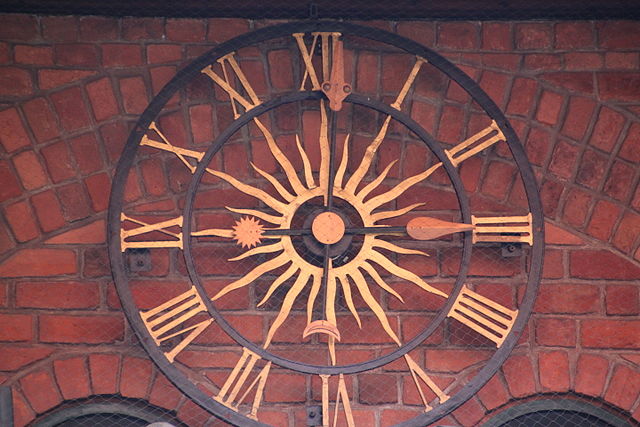



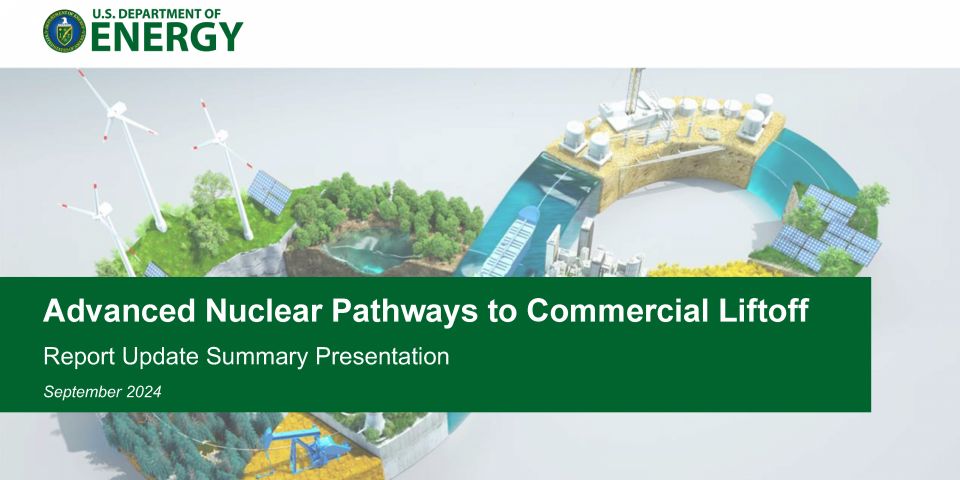
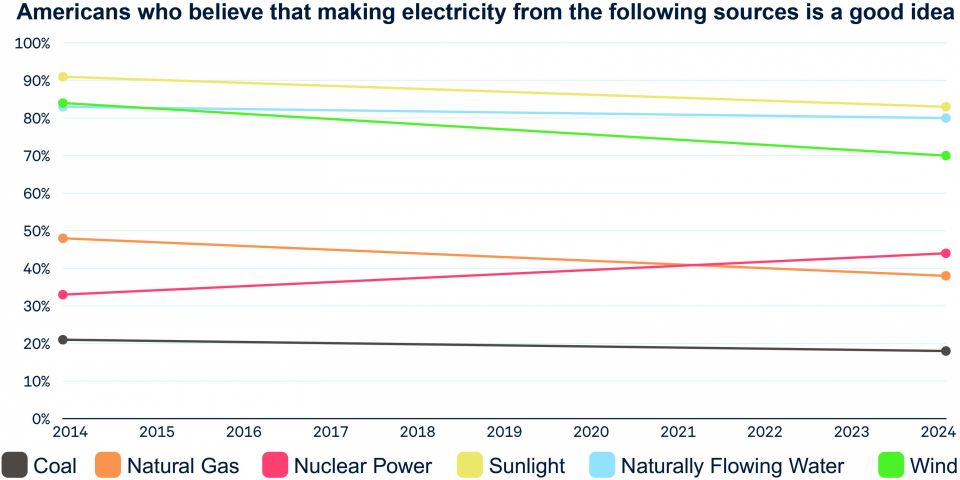
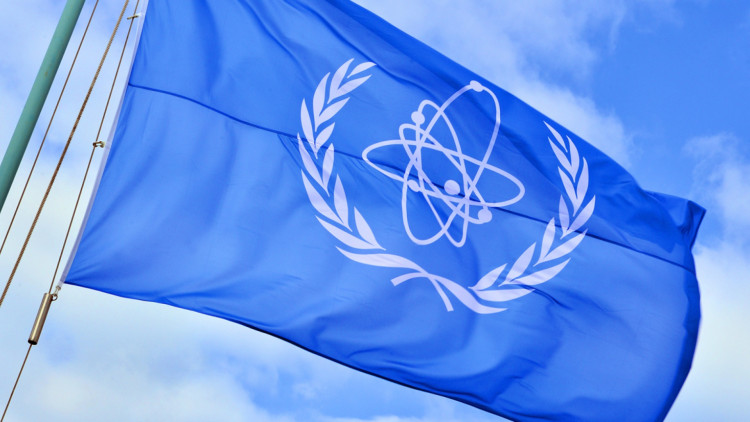
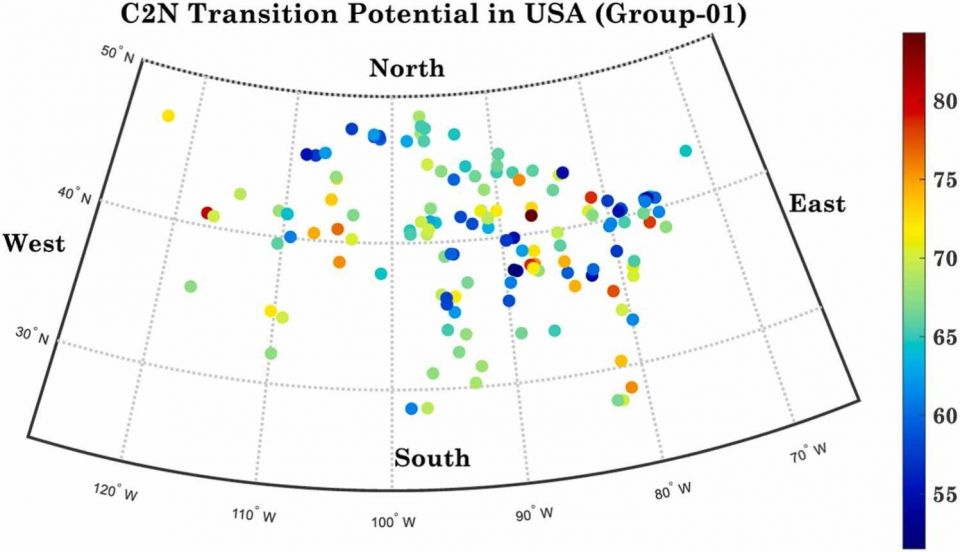
.jpg)
